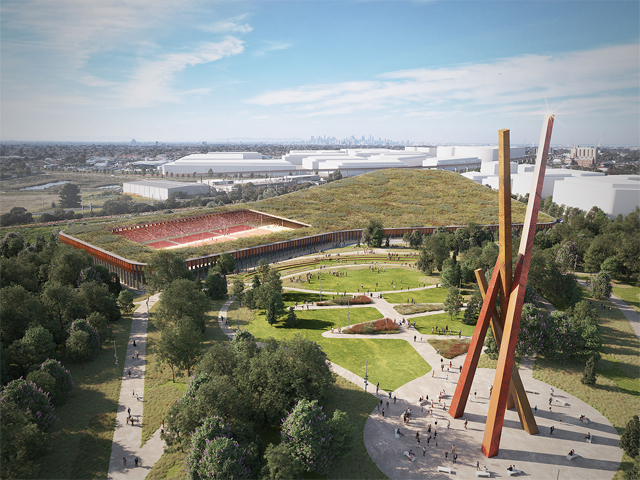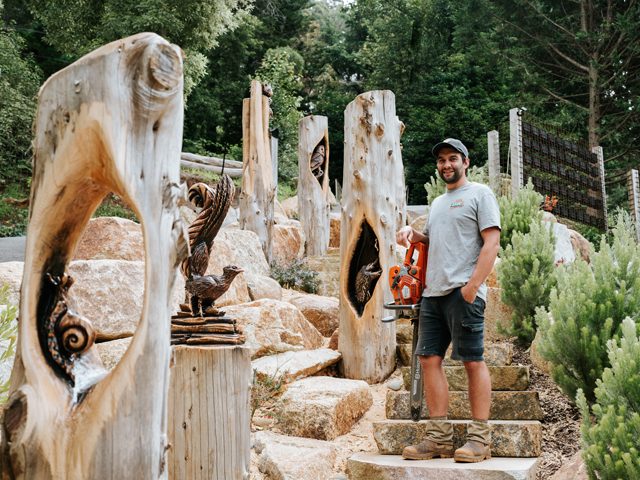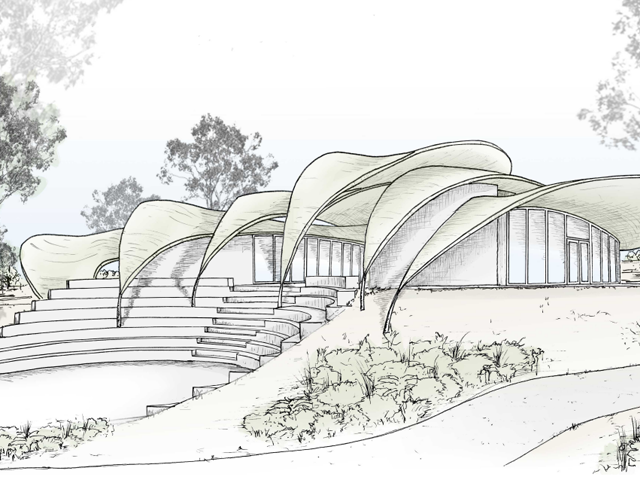WORLD CLASS DESIGN
06 Nov 2013
World Expo 2017 design most practical in terms of sustainability and architecture.

Adrian Smith + Gordon Gill beat 45 other international architecture firms to design the site for the 2017 World Expo, to be held in Astana, Kazakhstan. The firm was selected because their design was the most practical in terms of sustainability and architecture, and allowed the space to be repurposed after the expo had concluded.




Adrian Smith + Gordon Gill’s design for the Astana World Expo will cover 173 hectares in the Esil district of the city. It consists of a central exhibition centre surrounded by self-sustaining housing projects, education and health-care facilities, shopping centres, parks and boulevards. At the heart of the project is the Kazakhstan Pavilion, which will be covered in a ‘transformative skin’ which aims to reduce thermal loss and interior solar glare. Surrounding the spherical pavilion will be the International, Theme and Corporate Pavilions, which will feature installations, pavilions and contributions from around the world.
Centred on the theme of “Future Energy” the Astana World Expo site will generate all of its own power from wind and solar resources. On-site wind turbines and rooftop photovoltaics will provide power for the entire complex. The buildings and the landscaping will be constructed using the principles of environmentally, economically and socially sustainable design.
After the conclusion of the Expo, the buildings will be converted into an office and research park while parking and service zones will be transformed into an additional 700 residential units, as well as office, hotels, local markets, and civic and educational facilities.
AS+GG Partner Robert Frost said “The crucial difference of this project is that it is not a demonstration. EXPO 2017 will form the basis of a truly sustainable community that will serve as a legacy for Astana and Kazakhstan. The sustainable aspects of the project will continue after the expo is finished. The design will be a catalyst for scientific/academic research and development, which will create new industries, unique skill sets and new job opportunities.”

MORE NEWS

HARNESSING THE POWER OF DESIGN TO TRANSFORM CITIES

MELBOURNE'S NEW PARK ON A FORMER LANDFILL SITE

WOOD CARVING WITH BRANDON KROON

STRIKING GOLD IN BALLARAT

JARRAHDALE TRAIL CENTRE TAKES DESIGN CUES FROM NATIVE FLORA

